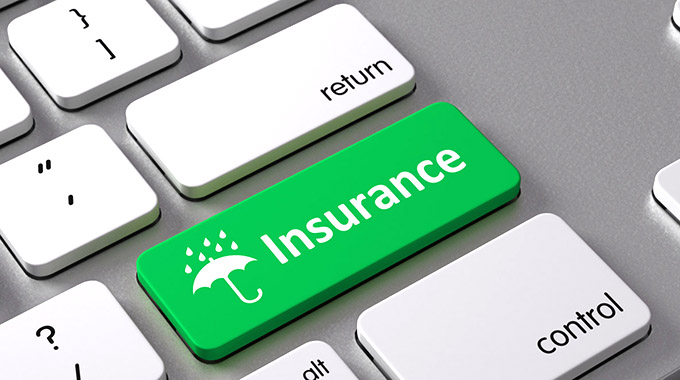Insurance excess protects your wallet

David Chituku
Often as a consumer you come across terms and concepts that are completely new to you and may, to some extent, seem unfair. The insurance industry is not perfect when it comes to customer education.
One of the concepts used in insurance is that of excess. What does this excess mean? Why should you pay an excess amount, especially when you are covered comprehensively?
Excess is the portion of a claim which the insured is expected to pay. There are different types of excess but all have two main goals, which are to ensure that the insured remains with some level of responsibility towards the insured property and to manage the claims cost.
Hence you often find excesses stated in a two-part format, for example 10 percent of loss with minimum $100. The first part speaks to the responsibility of the insured and the minimum component seeks to manage the cost.
For each claim that is processed there are costs associated with it outside the claim amount. These costs are both fixed and variable. The former are the ones which are worrisome for the insurer, because in some instances the cost of processing a claim outweighs the claim itself, making it uneconomical.
This is the purpose of the minimum excess, to manage the small claims that would otherwise inflate claims, resulting in a false reflection of the performance of a portfolio. A poor claims performance will eventually lead to premium increases.
This cuts both ways. Some small claims do not justify the time and effort needed to make the claim. Consider, for instance, the time and effort you would have to spend on completing claim forms and finding three quotations for a $50 claim. You may decide it is not worth it.
Excess is also used to manage the risk of a peril. On a motor policy, for example, you may find an additional excess amount for drivers with less than two years’ experience. The additional excess is simply to level the field, since empirical data show that such drivers tend to have more accidents than others.
More claims from this group of drivers means this group is withdrawing more from the premium pool than other drivers. The additional excess is intended to even out the position in respect of this group and other policyholders who do not claim so often.
Insurers realised, however, that there is a segment which would prefer to pay an extra premium to avoid having to pay an excess amount. To cater for this segment the Excess Buy Back product was born. Simply put this product is designed so that the insured is paying a premium to cover the excess.
This means that, in the event of a claim, instead of the insured paying the excess amount, the excess will be paid from the Excess Buy Back pool.
While this product manages the cost of a claim it defeats the purpose of incentivising the insured to reduce the claims cost. Insurers do not favour this product, which is the main reason why the premiums for it are high.
For the more risk conscious an option to increase your excess amount is available. This type of excess is popularly known as a voluntary excess. Choosing a voluntary excess is usually rewarded by lower premiums.
A franchise excess is also a viable option. This is where you, as the insured, feel you can bear losses up to a certain level. With the franchise excess arrangement, the insured has a cap that is set.
The insurer does not pay for any claim below the cap. Instead the insured acts as if he is self-insured. However, if the cap is exceeded, then the insurer pays the claim in full.
Excess is an important concept in insurance, as it keeps premiums down by ensuring the claims process is economical for both the insured and insurer and, even more importantly, is a constant reminder to the insured to be responsible and try to minimise losses.
The next time you see ‘‘Excess’’ on your policy schedule, remember it is protecting your wallet.











Comments